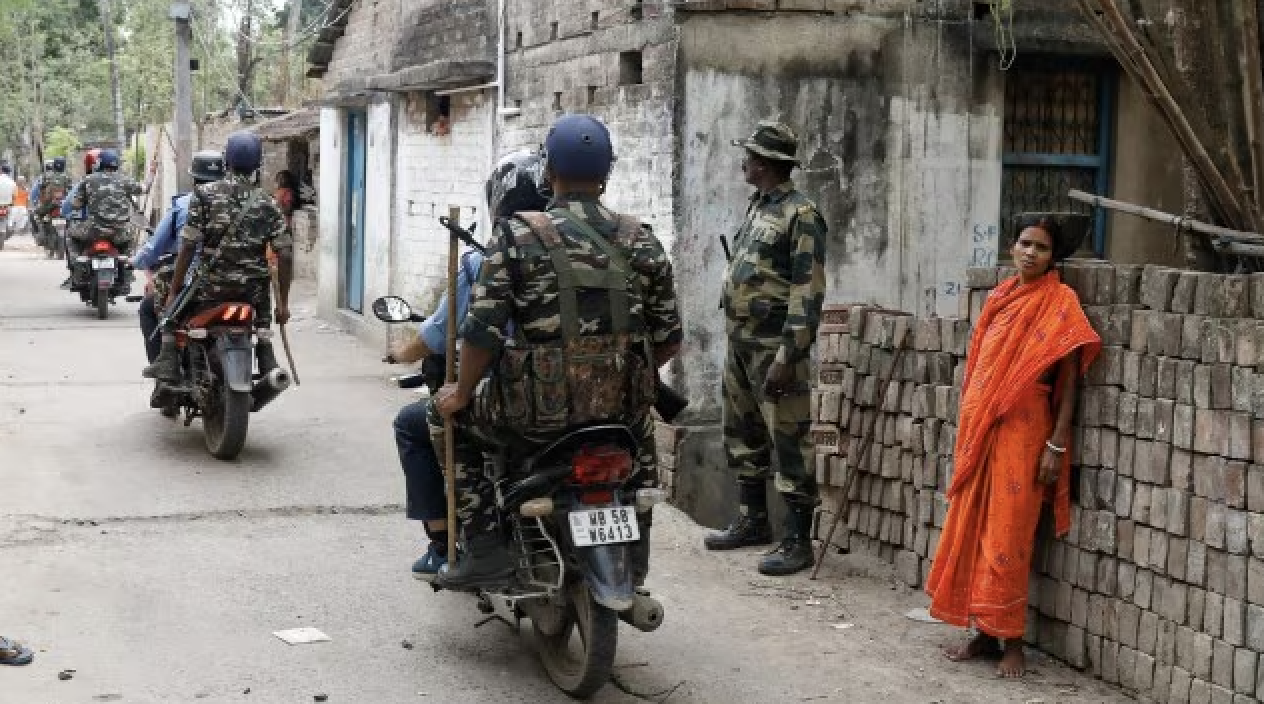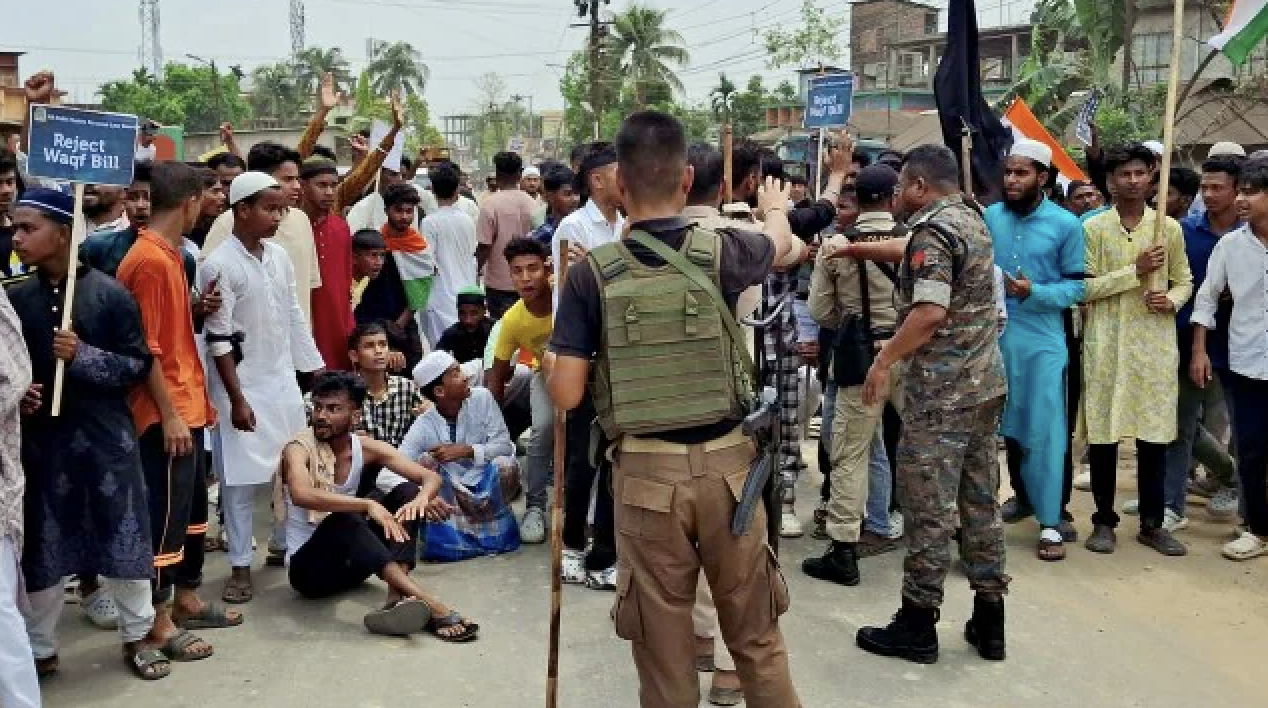
(Photo: The Quint)
Additional sessions judge Virender Bhat of the Karkardooma court in North East Delhi pronounced the first conviction in a Delhi Riots case on 6 December.
The judge convicted one Dinesh Yadav for rioting, unlawful assembly, house-breaking, robbery and arson, in connection with an incident at 11:30 am on 25 February 2020, when a mob of 150-200 rioters broke into the house of a Muslim woman in Bhagirathi Vihar, north east Delhi, stole valuable items and set the house on fire.
The woman and her children were able to escape by jumping over the roof to an adjoining house, from where they were later rescued by the police.
Yadav, who also went by the alias ‘Michael’, was identified as part of the mob by two policemen who were present in the area.
Complainant Turns Hostile in Court
The police registered an FIR on 3 March 2020 based on a complaint filed by the Muslim woman, Manori. Statements were taken from her as well as two other local witnesses Ashiq and Arif who were supposed to have been present at the scene when the mob attacked.
The two policemen who were in the area to try and curb the violence – constable Vipin and head constable Sanoj – also gave statements to the investigating team. A ‘Crime Team’ inspected the spot and took photographs on 13 March 2020.
In total, the prosecution examined 13 witnesses to prove the charges against Yadav. Yadav denied the charges and claimed he was being falsely implicated in the case, and did not offer any evidence to support his defence.
Ashiq and Arif, whose house had also been set on fire, also turned hostile and said the incident had not taken place in their presence.
While these key witnesses could no longer be used to identify the rioters or describe the incidents as they happened, their testimonies still established “the fact that their houses had been trespassed into after breaking open the locks, vandalized, robbed and then set on fire by a violent mob”, the court found.
How Dinesh Yadav Was Identified and Found Guilty
The clinching testimony eventually came from the two police witnesses, constable Vipin and head constable Sanoj. They were on ‘riot controlling duty’ in the area on the day, they testified.
They were both able to identify Yadav as part of the mob that was on the rampage in Bhagirathi Vihar, carrying a danda (wooden rod). Constable Vipin was the beat officer in the region and so knew Yadav prior to the riots.
Neither of the two police witnesses were able to state that Yadav took any specific part in threatening Manori or saw her fleeing from the house. Yadav’s lawyer argued that this indicated he was just a bystander, and that since he lived in the vicinity, his presence in the area could not be used to infer criminal responsibility.
The judge, however, noted that the testimonies of the policemen remained consistent even upon cross-examination. Both of them had also identified Yadav as one of the rioters who were “identifying Muslims, beating them and setting ablaze the houses in E-Block, Chaman Park.”
There was sufficient evidence to show, therefore, that Yadav was part of an unlawful assembly. Once it is shown that the unlawful assembly had some “common object”, it is no longer necessary to show specific overt acts by a member of the unlawful assembly to convict them of crimes committed as part of that common object.
The court found that there was a clear common object for the unlawful assembly by the mob in the area on 25 February 2020: “to assault the Muslims & damage their properties”.
Yadav had been identified as being present at the scene with a wooden rod and had not disassociated himself from the mob. As a result, he could be held guilty of all offences committed by the mob in furtherance of its common object – in this case breaking into Manori’s house, looting valuable items from it, and setting it on fire.
What Is the Importance of This Verdict?
This case does not deal with any of the bigger picture causes behind the Delhi Riots, or have any direct connection to the Delhi Police’s claims of a conspiracy that led to the events of February 2020 (that conspiracy case comes under the Special Cell’s FIR 59, which makes allegations of terrorism against several anti-CAA protesters).
As one of the several hundred distinct cases arising out of the Delhi Riots, it is unlikely to have any impact on other cases.
This story first appeared on thequint.com






